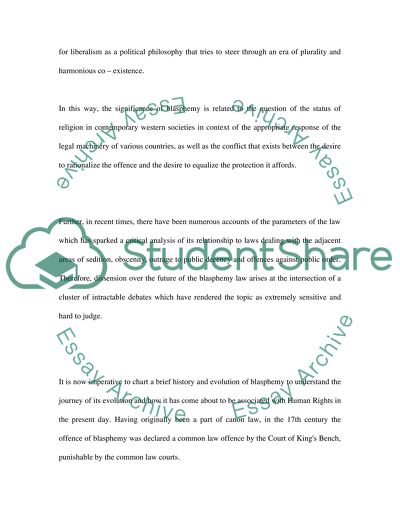Cite this document
(“Laws of Blasphemy and Human Rights Is there a modern connection Essay”, n.d.)
Laws of Blasphemy and Human Rights Is there a modern connection Essay. Retrieved from https://studentshare.org/miscellaneous/1506091-laws-of-blasphemy-and-human-rights-is-there-a-modern-connection
Laws of Blasphemy and Human Rights Is there a modern connection Essay. Retrieved from https://studentshare.org/miscellaneous/1506091-laws-of-blasphemy-and-human-rights-is-there-a-modern-connection
(Laws of Blasphemy and Human Rights Is There a Modern Connection Essay)
Laws of Blasphemy and Human Rights Is There a Modern Connection Essay. https://studentshare.org/miscellaneous/1506091-laws-of-blasphemy-and-human-rights-is-there-a-modern-connection.
Laws of Blasphemy and Human Rights Is There a Modern Connection Essay. https://studentshare.org/miscellaneous/1506091-laws-of-blasphemy-and-human-rights-is-there-a-modern-connection.
“Laws of Blasphemy and Human Rights Is There a Modern Connection Essay”, n.d. https://studentshare.org/miscellaneous/1506091-laws-of-blasphemy-and-human-rights-is-there-a-modern-connection.


